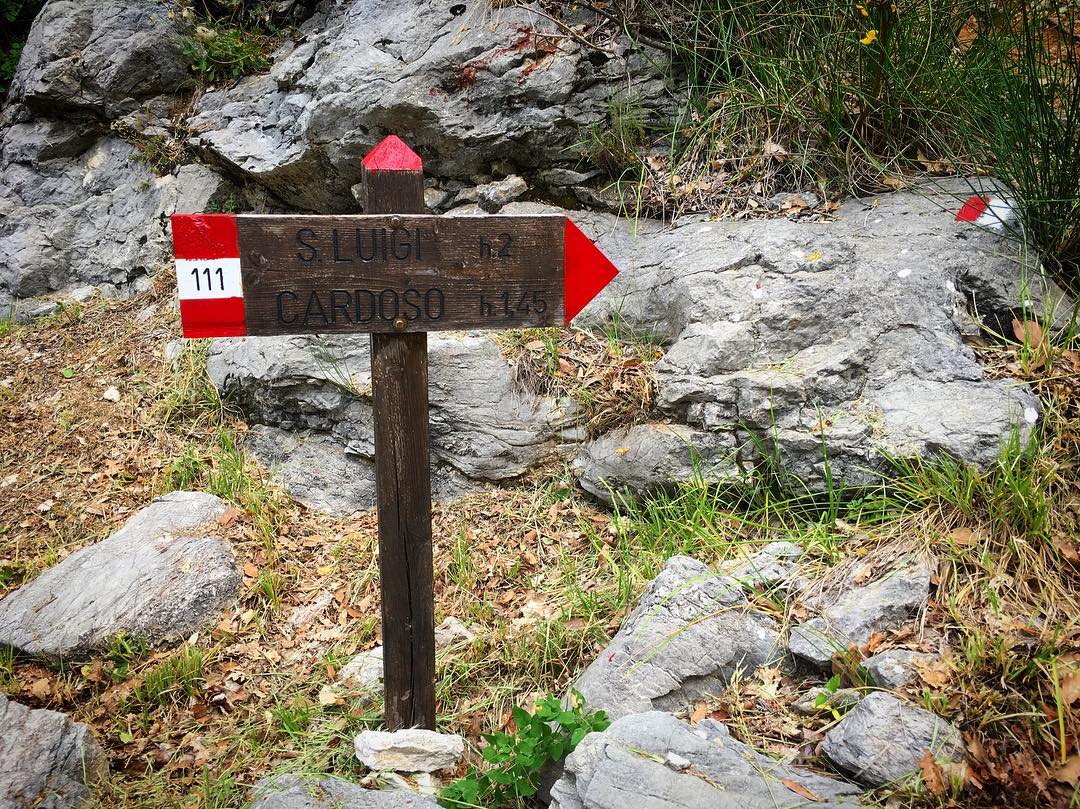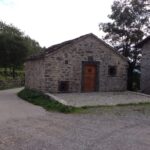Description
A mountain pasture at 871 m above sea level with cottages scattered in the meadows among chestnut and beech trees, from which it is
possible to reach the summit of Mt. Palodina 1171 a.s.l. watershed between the valley
of Turritecava and Gallicano.
The pastoral village of San Luigi owes its name to Luigi Gonzaga, venerated in the
small deconsecrated church whose present conformation presumably dates back to the
18th century as is indicated by the date engraved above the building's entrance portal. Until the 1960s, the cult of the saint was still alive among local residents, who carried his effigy in procession from Vallico Sopra to San Luigi. For the past few years the traditional feast of St. Louis has regained its appeal, with the involvement of the population from neighboring towns as well.
Situated in a sunny position on a series of gentle and wide terraces, San Luigi consists mainly of shepherding families. The practice of mountain pasturing continued here, as in other pastoral villages in the Apuan Alps, until the early years after World War II, until the weak pastoral economy was finally overwhelmed by the industrial economy of the valley floor. A few families devoted to agricultural and pastoral activities still reside in the village, at which it is possible to find typical and local products such as sheep and cow cheeses, pork sausages and excellent chestnut flour.
Inside the deconsecrated church is an information point on the "Sentiero del Lupo," a trail that starts from the old mills and passes through the villages of Vallico Sotto, Vallico Sopra until it reaches the pasture of San Luigi. A small area where you can find informative signs illustrating the origins and evolution of this species. Inside the structure there is also a wooden statue created by artist Luigi Paolini.

